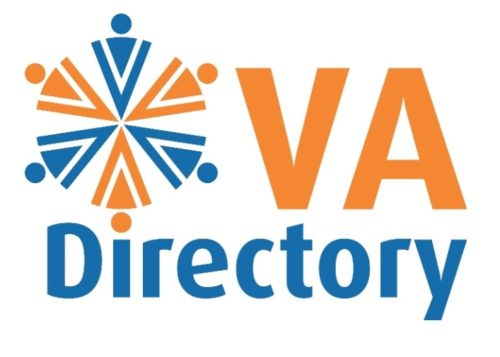This is a topic that is discussed often, at every single VA forum/group that I belong to. But it’s not confined just to the VA industry, but also other industries. A business group I belong to has a member with a fairly new business and they had the same quandary – working out rates that are right for them, fair to the client, and not under-pricing or pricing themselves out of the market.
This is such an important topic and one that ALL new business owners should be sorting out before they start their business. And it’s one that should be reviewed every few years by all business owners to ensure they’re still keeping up with the market. I, too, have to review mine from time to time, and it’s not just my own working rates, but also any products or services I provide.
 Basically you need to work out what you would ideally like to earn within a year, be it calendar or financial year, and then work backwards. Work out how much leave you’d like to take in a year, consider that you might need to take sick leave now and then. Look at overheads such as taxes, superannuation, insurances, etc and allow for them. Also consider you might need to take time out for Professional Development and don’t forget the public holidays that happen throughout the year. Turn all of these things into hours, i.e. if annual leave is 4 working weeks, then 20 days, or 152 hours (7.6 hours a day). Public holidays here in Australia are around 12 days a year or 92 hours. Allow a percentage for Super (10% in Australia), 3% for Professional Indemnity, 5 days for Professional development and a few days for sick leave. To allow for a 38 hour week (5 days) you would have 1980 hours for the year, then you need to take off all the other hours for the various things mentioned and more, and then come out with a total of hours you could work for the year. Divide that into the annual $ amount you thought of and you’ll come close to the hourly base rate you need to consider. Don’t forget you will need to be buying postage, stationery and other items, and if charging tax such as GST, VAT, etc that needs to be added/factored in too.
Basically you need to work out what you would ideally like to earn within a year, be it calendar or financial year, and then work backwards. Work out how much leave you’d like to take in a year, consider that you might need to take sick leave now and then. Look at overheads such as taxes, superannuation, insurances, etc and allow for them. Also consider you might need to take time out for Professional Development and don’t forget the public holidays that happen throughout the year. Turn all of these things into hours, i.e. if annual leave is 4 working weeks, then 20 days, or 152 hours (7.6 hours a day). Public holidays here in Australia are around 12 days a year or 92 hours. Allow a percentage for Super (10% in Australia), 3% for Professional Indemnity, 5 days for Professional development and a few days for sick leave. To allow for a 38 hour week (5 days) you would have 1980 hours for the year, then you need to take off all the other hours for the various things mentioned and more, and then come out with a total of hours you could work for the year. Divide that into the annual $ amount you thought of and you’ll come close to the hourly base rate you need to consider. Don’t forget you will need to be buying postage, stationery and other items, and if charging tax such as GST, VAT, etc that needs to be added/factored in too.
You really can’t go by what someone else is charging although you might use it as a rough guide once you’ve done your homework above. I have the formula I work with available for Premium members (and above) in my network but you can find other formulas online too. The thing is, unless you do this homework before you get started, you’re going to find yourself not charging sufficient for the work you do, simply because you think it sounds too much. Once you realise how much you need to be covering yourself for, you may well find you’re undercharging. Don’t forget that you will be charging more than what you might earn hourly in a job – and that your employer already caters for Super, taxes, WorkCover and other things.
Don’t forget that the cost of living where you live dictates a lot in this equation. You can’t choose to use the same rate as someone in another country, or even another state, because it sounds like it might be right – yes for them it is, but for you it may well not be right at all. It’s harder to put your rates up if you start off too cheap. You will lose some clients as a result. Better to start off right and then you can look at discounting for excess hours or other things because you know you’re covered for what you need to be bringing in. And if your skillset is exceptional, or the service you’re providing is above the ‘average’ or ‘norm’ then good reason for your rates to be higher too. After all, you’re worth it!

Kathie is the former owner of VA Directory and is former past President of the Australian VA Association. She founded the Virtual Assistant industry in Australia in the mid 90s, having already been operating a home-based secretarial service. Today the VA industry covers a multitude of office-based services for clients worldwide.

Leave a Reply
You must be logged in to post a comment.